Last Updated on June 5, 2023 by Georgie Smith
Not everyone knows what a cinch is and why it is necessary. If you are interested in horseback riding, having a few of the best cinches on hand will be a must. A cinch, which many call a front cinch, is a wide strap that fits directly under the horse.
The purpose of the cinch is to connect with the saddle rigging to secure the saddle. The word “cinch” is the word “cinch” in the Spanish language. There are some that continue to refer to it by that name today.
When it comes to the English Style Saddle, many refer to the piece as the girth. When you begin horseback riding, you need to have a clear understanding that having all the right equipment is vital. You need to ensure it is high-quality and the right match for the rider and the horse’s comfort.
Bad-fitting and poor-quality cinches can make for a very cranky horse and also results in causing painful, ugly sores.
Basic Comparison:
SSL
Storage
Domains
Sub-domains
Mustang Austin 25 Strand

P - W - 0.59 Kilograms
Item Weight - 1 Pounds
Brand Name - Mustang
Size - 26"
Southwestern ProRoller

P - W - 0.54 Kilograms
Brand - Weaver Leather
Color - Tan
Size - 22
Leather Mohair Blend

P - W - 0.54 Kilograms
Brand - Weaver Leather
Color - Tan
Size - 22
How Do I Choose the Right Size?
Measuring your horse for a cinch is not difficult whatsoever. First, place the saddle on your horse while he or she is standing solid on level ground. Next, tie baling twine or string to one of the rigging rings and loop it directly under the girth of the horse. Then all you need to do is bring the cinch up to the other ring.
Now you need to measure the length then subtract 16 inches, and you will be good to go with the correct measurement. You will want to round up for the closest cinch size, however. You will need to ensure the cinch lies at the horse’s heart girth. This area is the narrowest part of your horse’s rib cage.
The purpose of this article is to feature The 5 Best Cinches For Trail Riding And Why? Our job is to help consumers narrow down the leaders to help them choose the best one for themselves and their horses. Keep in mind, our team favors no individual manufacturer, nor do we endorse one product over the other.
The 5 Best Cinches For Trail Riding And Why?
Mustang Austin 25-Strand Roper Cinch

The first item on our list is a five-star seller on Amazon. This Mustang Austin 25-Strand Roper Cinch is durable and sturdy thanks to its double-woven rayon that is white in color. The cinches design is a nylon wrap in the center with three-inch, nickel-plated pull buckles (straight) with one-inch dees.
For sturdy support for your saddle to ensure the horse’s safety as well as the rider, with the item, you cannot go wrong. Click here to read more, view the product, and pick the correct size.
Weaver Leather Mohair Blend 27 Strand Smart Cinch with Roll Snug Cinch Buckle
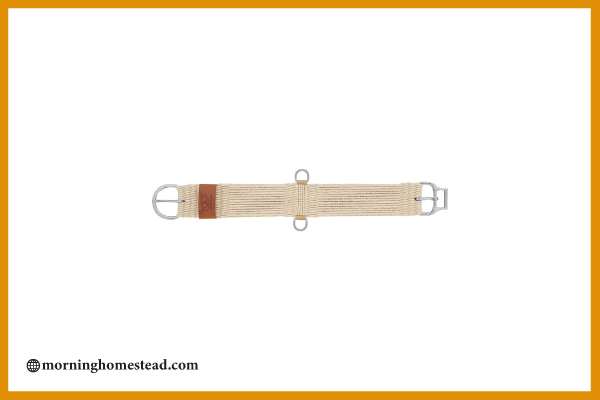
As you will see, this Weaver Leather Mohair Blend Smart Cinch offers much more than many of the cinches on the market today. In 2002, the Smart Cinch hit the market and was an instant success. The patented technology took the market by storm.
The perk to the Roll Snug is the extra leverage that takes place thanks to its unique bucket design. The design has aided thousands of riders, and their horse, (professional and recreational). You can always count on a reliable performance ensured by a safe ride every time.
To get a better look and idea about this product, click here. Once you go to this link, you can view the item, read more details, and place your safe and secure order.
Southwestern Equine ProRoller Champion Roper Cinch

Aside from being a product that comes directly from the USA, the Southwestern Equine ProRoller Champion Roper Cinch has billet pockets and leather centers. There are roller buckles, (stainless in design) and the Dees for a simple, and durable cinch-up.
The Southwestern cinch is everything a horse lover could ask for in a product. You get the perfect blend of two types of fiber that encourages natural wicking and movement. The features of this product are as follows:
- Durable and long-lasting
- Flame resistant
- Crease resistant
- Naturally elastic
- Luxury fiber (such as silk, angora, and cashmere)
If you are looking to buy a high-grade cinch, this is your product. To get a better look and idea about the details, click here:
Tough 1 Economy Western Cord Miniature Girth
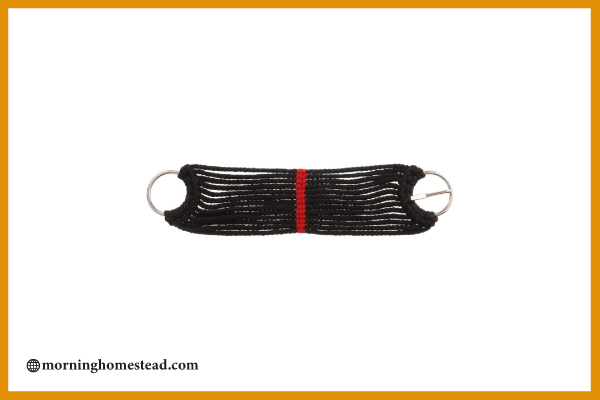
This item is the Tough 1 Economy Western Cord Miniature Girth which is a high-scoring product on Amazon. Don’t let the name “girth” throw you off; remember I mentioned earlier that it is just another name for a cinch.
This item has a 13-strand cord made from acrylic with a durable and robust heavy-plated tongue ring. It comes in a stylish black color along with a guarantee of satisfaction. Although there is not much information available, there are plenty of reviews as well as photos to see the item before placing your order.
You can do all this by clicking here:
Performers 1st Choice Pony Girth
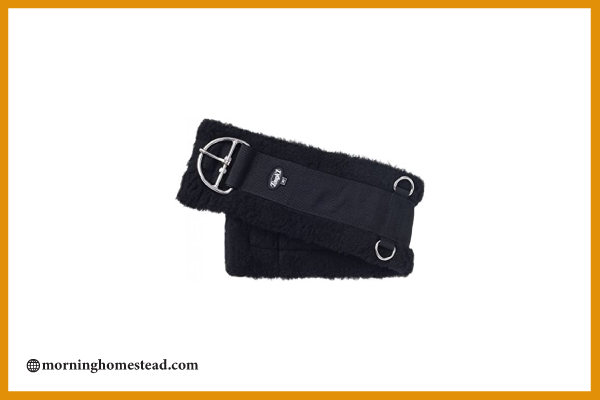
This item is the last item on the list, and it is also the most unique cinch to make the list. The product features an inner liner made of a unique, hospital-tested fleece that is washable. This performer 1st Choice Pony Cinch is a top-seller when training horses and having them in the show ring.
The material that makes up this girth is a heavy-duty nylon webbing that provides superior strength. The steel Dee rings and steel buckles are what ensure your saddle stays secure and in place. One other perk is there are a variety of sizes and colors to choose which you like the best.
The manufacturer, JT International, has been a leader in all things equestrian-related for over 35 years. You are sure to find the cinch that fits both you and your horse. Click here to see this item as well as other items the company designs by clicking here:
Key Facts About The Right Cinch For Your Horse
The primary purpose of a cinch for a horse is what many feel is deceptively easy; The handler holds the saddle in place in a comfortable and safe area for both the rider and the horse. However, there are also those that find out the hard way why it is so vital to ensure the cinch is safely in place.
Those riders usually end up finding themselves upside down, sideways, or on the ground. These riders can also let you know how important it is to choose the correct cinch/girth for your horse, the riding activity, and the saddle.
If you have a horse that has ever dealt with the following, then you also understand the damage and pain an ill-fitting saddle can do to a horse:
- Pinching
- Chaffing
- Pain Constrictions
- Cuts and scrapes from a poorly designed saddle
Hopefully, you are more aware of how vital it is to use a cinch but also the necessity to ensure the saddle is on right, fits comfortably and is safe for both the rider and horse.
Best Practices of Cinching
Most horses make it extremely clear that they are not happy about a cinch tightened around them. They may even dislike the simple site of the accessory as you prepare to tack up. If you have an actual “chinchy” issue, you will be better off if you have your veterinary or a training lesson, or perhaps, both.
If your horse is resistant due to pain, training will not solve this issue. The worst mistake you could make is punishing the horse. Doing so will cause the animal to be even more afraid and may also become angry and rebellious.
First, educate yourself on training issues to help you with a horse that is a “Cincy.” Horses such as this will never simply “just learn to live with it” nor is the cinching method always the best and safest practice.
How to Prevent Bad Cinching
One proven successful method of preventing your horses from experiencing bad cinching is to follow these simple saddling guidelines.
Always keep a relatively equal distance between the cinch and the saddle on each side of the horse. If you utilize the third billet hole on the right side of your saddle, you will need to use the same hole on the near side.
All horses vary when it comes to confirmation. A good rule of thumb is to ensure the cinch lies around four inches behind the horse’s elbow. By doing this step, you are allowing the horse to move more freely to help with preventing chafing and rubbing. (more)
FAQs:
Q: What if I do not notice chaffing until sores appear?
A: There are no logical reasons why an owner of a horse would not be able to see signs of chafing. The last thing you want to happen is for your horse to get open wounds due to neglect.
Q: Are there various sizes and options or are they all basically the same?
A: As with the cinches mentioned in this article, you will find many that provide size charts to choose what length works best for the rider and the horse. Be sure to know what length you need before buying one.
Conclusion
As you can see, proper cinching is necessary to keep the rider and the horse safe from injury and severe chafing and sores. If you aren’t sure how to correctly choose a cinch or how to place it, get advice from a trainer or your vet. Be sure to keep a few of the best cinches handy at all times.
Thank you for stopping by-While you are here, please like and share our work so that we can continue to help other consumers. Leave us a comment down below to contact us.

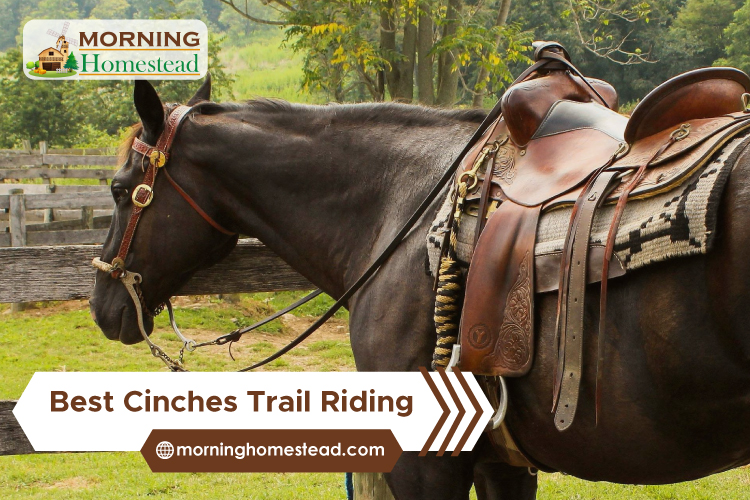
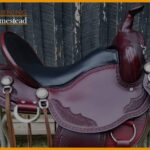
![The 5 Best Dressage Saddle & Its Uses & Benefits: Guide & Review [2023] Best-Dressage-Saddles](https://morninghomestead.com/wp-content/uploads/2023/05/Best-Dressage-Saddles-150x150.jpg)
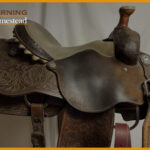
![The 6 Best Western Saddles For The Money: Guide & Review [2023] Best-Western-Saddles](https://morninghomestead.com/wp-content/uploads/2023/01/Best-Western-Saddles-150x150.jpg)